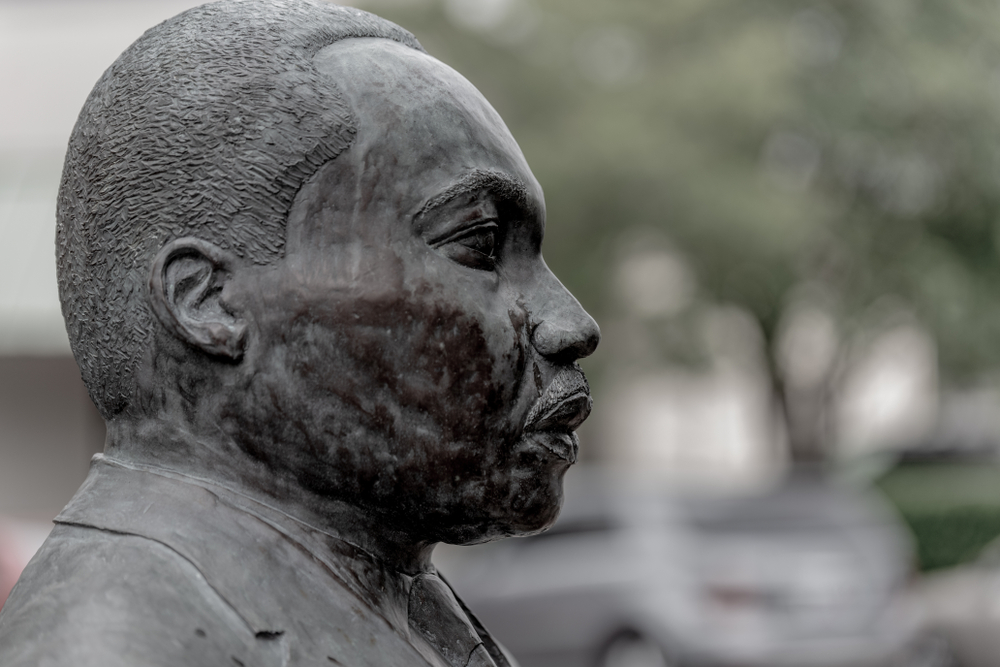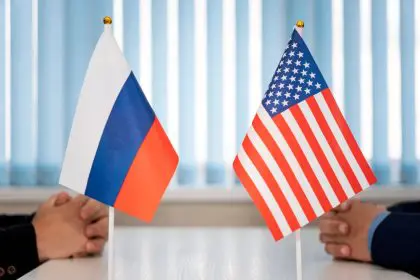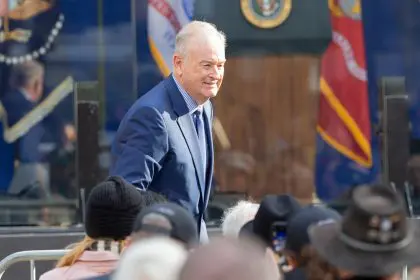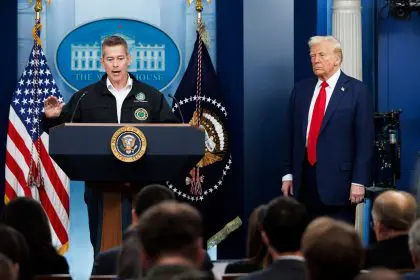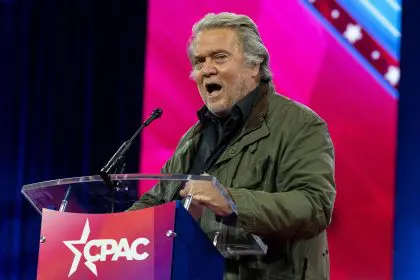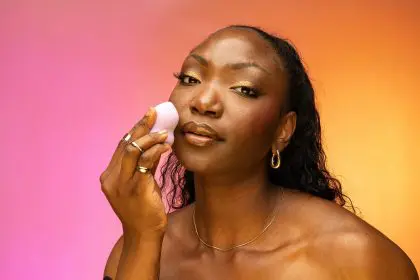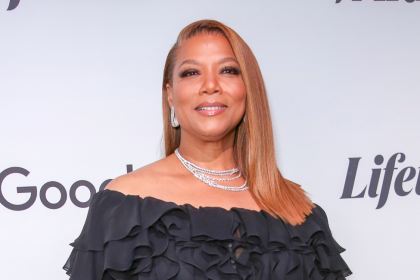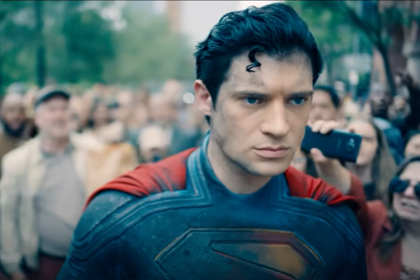Nation recoils as president relocates civil rights icon from Oval Office to dining room
The political world erupted in outrage this week as President Donald Trump quietly relocated the bronze bust of Rev. Dr. Martin Luther King Jr. from its prominent position in the Oval Office to a private White House dining room. The move has triggered a firestorm of criticism across social media platforms and deepened concerns about the administration’s stance on civil rights and racial equality.
The decision represents a stark departure from the symbolic gesture made by former President Barack Obama, who originally placed the MLK bust in the nation’s most powerful office as a testament to America’s ongoing commitment to justice and equality. Now, that powerful symbol has been relegated to a space where few will witness its presence.
The symbolic power of presidential decor
Presidential office decoration carries immense political weight, serving as a visual representation of an administration’s values and priorities. Every portrait, statue and artifact sends a message about what the president deems worthy of daily contemplation while making decisions that affect millions of Americans.
The MLK bust had occupied a place of honor in the Oval Office since Obama’s presidency, standing as a daily reminder of the ongoing struggle for civil rights and the moral imperative to advance equality. Its removal has been interpreted by many as a deliberate signal about the current administration’s priorities.
The timing of the relocation has proven particularly controversial. On the same day the King bust disappeared from the Oval Office, Trump restored the Winston Churchill bust to its former position. The British wartime leader’s statue had previously been removed during Obama’s tenure, making its return alongside King’s exile all the more pointed.
The Oval Office now features an array of gold ornaments and decorative figurines, while a framed copy of the Declaration of Independence hangs concealed behind blue velvet curtains. These aesthetic choices have drawn their own share of criticism, with many viewing them as gaudy departures from traditional presidential decor.
Digital outrage reaches fever pitch
Social media platforms have become battlegrounds of indignation over the bust’s relocation. Twitter users, in particular, have unleashed a torrent of criticism, viewing the move as emblematic of broader racial insensitivity within the Trump administration.
The platform has buzzed with accusations that the president is deliberately appealing to racist constituencies. Users have drawn connections between this decision and other controversial moves, including the administration’s previous attempts to rename military installations that honor Confederate figures.
The hashtag movements that emerged in response have amplified voices expressing frustration with what many perceive as systematic attempts to diminish the contributions of African Americans to the nation’s history. These digital protests have extended far beyond typical political discourse, touching on deeper questions about representation and respect in American society.
Critics have particularly seized on the symbolism of replacing King with Churchill, viewing it as a deliberate choice to prioritize foreign leadership over domestic civil rights heroes. The optics have proven damaging, with many interpreting the swap as a reflection of the administration’s values hierarchy.
Historical significance adds weight to controversy
The MLK bust carries profound historical significance that extends well beyond its artistic merit. Originally acquired by the Smithsonian in 2000 during President Bill Clinton’s second term, the bronze sculpture spent years in the White House library before Obama elevated it to the Oval Office.
That promotion represented more than mere decoration—it symbolized a fundamental shift in how America’s highest office acknowledged the civil rights movement’s central role in the nation’s ongoing evolution. The bust served as a daily reminder that the fight for equality remained unfinished business requiring presidential attention.
Dr. King’s philosophy of nonviolent resistance and his vision of racial harmony had found a permanent place in the room where America’s most consequential decisions are made. His presence in that sacred space represented hope for millions who continue to struggle against systemic inequality.
The bust’s demotion to a dining room—a space primarily used for private meetings and staff lunches—has been widely interpreted as a diminishment of King’s legacy and the broader civil rights movement he embodied.
Political ramifications continue to unfold
The controversy has extended beyond social media outrage to tangible political consequences. The NAACP’s decision to exclude Trump from their national convention marked a historic first—never before in the organization’s 116-year history has a sitting president been denied an invitation to address the gathering.
This unprecedented snub reflects the depth of alienation between the Trump administration and civil rights organizations. The exclusion sends a powerful message about the perceived incompatibility between the president’s actions and the NAACP’s mission of advancing colored people.
Political analysts have noted that the bust removal fits into a broader pattern of decisions that have strained relationships with African American communities. From controversial judicial appointments to rollbacks of civil rights enforcement, the administration has faced consistent criticism for its approach to racial justice issues.
The timing of the controversy has also proven problematic, occurring during a period of heightened national conversation about race relations and police brutality. Many view the bust’s removal as tone-deaf at best and deliberately provocative at worst.
Deeper implications for American democracy
Beyond the immediate political fallout, the MLK bust controversy raises fundamental questions about leadership and moral authority in American democracy. Presidential symbolism matters precisely because it reflects the values that guide national decision-making.
The choice to diminish King’s presence in the Oval Office while elevating Churchill speaks to competing visions of American identity and global relationships. Critics argue that this symbolic shift prioritizes international alliances over domestic civil rights commitments.
The controversy also highlights the ongoing tension between different interpretations of American exceptionalism. While some view the nation’s greatness as rooted in its capacity for moral progress and inclusion, others emphasize military strength and traditional power structures.
As the nation continues to grapple with issues of racial justice and equality, the symbolic choices made by its leaders carry particular weight. The MLK bust removal will likely be remembered as a defining moment that crystallized broader concerns about the direction of American civil rights progress under the current administration.
The reverberations from this decision continue to shape political discourse, serving as a powerful reminder that in American democracy, symbolism and substance remain inextricably linked.

